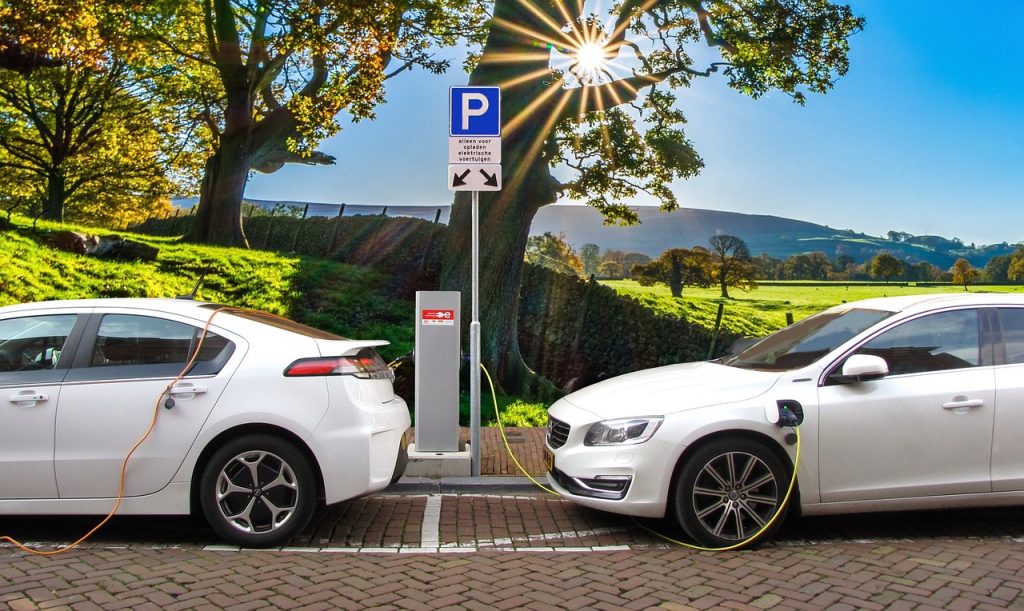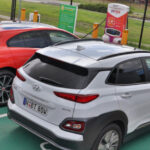

Why Going Electric Is the Best Move for the Planet
Introduction
Whenever you go on the road, you do make a decision and it is not only about your wallet but also about the planet. And in 2025, it is not only a trendy idea but the smarter choice to go electric in order to make the world cleaner and more sustainable. Electric vehicles (EVs) are not only redefining how we drive but also the effects that have been caused by the car, and the reasons as to why we are driving are much more intensive than the car itself.
Cleaner Energy, Cleaner Air
When we mention pollution we have in mind smokestacks or factories. However, another great contributor of greenhouse gases is cars. Drivers will do away with tailpipe emissions by going electric. It implies the elimination of carbon dioxide, nitrogen oxides, or smog-forming substances.
And EVs are even cleaner in the long-run as power grids transition to renewable energy, such as wind, solar, and hydro. Today electric driving is greener tomorrow driving.
Learn more about Canada’s clean energy initiatives on Natural Resources Canada.
Reducing Carbon Footprints
When we talk of pollution we are talking of smokestacks or factories. Cars are however, another significant source of greenhouse gases. The drivers will eliminate tailpipe emissions by becoming electric. It presupposes the destruction of carbon dioxide, nitrogen oxides, or substances that cause smog.
And EVs also get even cleaner over time, once power grids turn green to renewable sources, including wind, solar and hydro. Electric driving is the green tomorrow driving.
Saving Energy the Smart Way
Electric vehicles are incredibly efficient — about three times more efficient than traditional cars. Gas engines waste most of their energy as heat, while EVs convert over 80% of their battery power directly into motion.
That efficiency doesn’t just save money; it saves the planet’s energy resources. Every kilometer driven electric means fewer fossil fuels burned and less pressure on the environment.
Explore more energy-efficient EV models on EVTrade.ca.
Cleaner Cities, Healthier People
Imagine a city where the air feels fresher, the streets are quieter, and kids can play outside without smog warnings. That’s what going electric brings. With no exhaust fumes or engine noise, EVs make urban living cleaner and more peaceful.
Studies show that cities with higher EV adoption already experience improved air quality and lower rates of respiratory illness
Supporting a Sustainable Future
EVs are part of a bigger movement toward sustainability — from recycled materials in batteries to closed-loop manufacturing. Battery recycling is advancing rapidly, allowing companies to reuse lithium, nickel, and cobalt from old packs.
And beyond cars, the shift to electric power supports the development of greener technologies like electric buses, bikes, and even airplanes.
Affordability Meets Responsibility
It’s easy to think that eco-friendly means expensive, but not anymore. With government incentives, tax rebates, and lower running costs, going electric can actually save money long-term.
Electric vehicles require less maintenance — no oil changes, fewer moving parts, and lower fuel bills. You save money and help protect the planet at the same time.
The future of driving is electric. Every new EV sold helps reduce pollution, combat climate change, and move us closer to a carbon-free world.
Going electric is more than a personal choice — it’s a global commitment to a better planet. The next time you start your car, ask yourself: is your drive helping or hurting the Earth?
Add a comment Cancel reply
Categories
- Car News (10)
- Car Reviews (7)
- Educational Tips (7)
- Electric Cars (9)
- EV Battery (1)
- EV Charging (8)
- EV Testing (3)
- Uncategorized (28)
Recent Posts
Related posts


EV Myths vs Facts What You Really Need to Know

The Green Revolution How EVs Are Leading the Way









